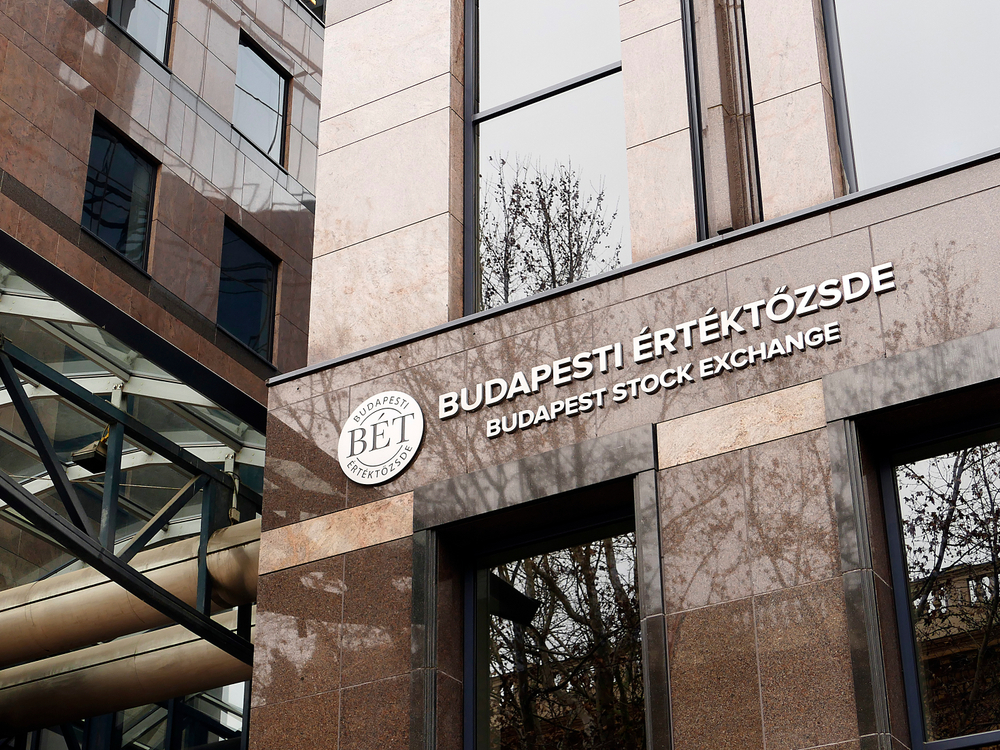KFIB expects 2015 and 2016 fiscal deficits to exceed government projections

pixabay
Hungaryʼs Maastricht-conform general government deficit could come in at 2.3% of GDP for 2015 and could rise to 2.7% of GDP this year according to the Fiscal Responsibility Institute Budapest (KFIB), director Balázs Romhányi told journalists yesterday.
Without additional measures, the general government deficit ratio could rise by 3% in 2017, and even further in the following two years, the technical projection prepared by the institute shows. With the disbursement of EU monies left unpaid after last yearʼs temporary funding suspension, the gross debt ratio is expected to stabilize at around 76.2% at the end of 2014 but would start to rise from 2018, KFIB warned.
The 2015 projection is over the recent “around 2%” estimate made by economy minister Mihály Varga, although slightly better than the respective 2.4%-of-GDP target. When making the 2015 projection, KFIB took into account that a HUF 62 billion (about 0.2% of GDP) corporate tax payment made by one single company last year was due on earlier year(s) therefore should be deducted from accrual-based 2015 tax revenues.
The instituteʼs 2.7%-of-GDP deficit projection for 2016 is, on the other hand, well over the 2%-of-GDP government target: It implies the need for a HUF 60-70 bln fiscal adjustment even if all of the HUF 170 bln in the 2016 budget reserves remain unspent.
The instituteʼs technical estimate already took into account the effect of the targeted accelerated drawdown of EU funding, the planned VAT reduction on new homes and the governmentʼs recently revealed home support scheme (CSOK) which was expected to be legislated by the start of February, Romhányi said noting that eventual changes to CSOK could affect the projection.
CSOK raises this yearʼs deficit by about HUF 50 bln or a little less than 0.2 percentage points of GDP and it explains a similar 0.2 percentage point of the 2.2% GDP growth KFIB projected for this year, Romhányi said. The researchers put Hungaryʼs 2015 growth rate at 2.9%.
Even if cleared from the CSOK effect, the 2016 growth forecast is up from KFIBʼs December forecast of 1.7%. The institute still expects growth to slow below 2% from 2017 on.
KFIB slightly revised its average annual CPI forecast down to 1.5% in 2016 and slightly up to 3% in 2017.
Romhányi noted that the government had not touched the 2016 budget act although some conditions have materially changed since it was passed by parliament in June 2015.
Among others, the institute projects the 2016 nominal GDP to be HUF 1.1 trillion lower than the figure used in the 2016 budget calculations.
They expect net revenues from the so-called external items, such as tax revenues to exceed the 2016 target by HUF 77 bln as the almost HUF 550 bln overshoot of the original tax revenue target in 2015 cannot be repeated this year as a large part of it reflected one-off factors. KFIB specifically noted the above-mentioned HUF 62 bln corporate payment and the similar-sized, unusually large year-end payments of corporate taxes.
On the other hand, the researchers projected a net HUF 256 bln spending overshoot of the so-called internal items. The largest overspending items will be CSOK and home VAT reduction (HUF 50 bln), the HUF 43 bln of extra money needed this year again for the operation of the centralized school system KLIK, the HUF 83 bln extra for budget co-financing if the accelerated drawdown of EU projects follow the governmentʼs plans, a HUF 26 bln overshoot with under-planned drug subsidies and about HUF 26 bln in fines or other costs to be paid as a result of EU decisions.
Direct risks in this yearʼs budget include the HUF 133 bln government revenue planned to flow in from state assets sales - mainly from land sales which, however, cannot be used for anything other than land-related spending without amendments to the law.
The institute also listed various government decrees or resolutions passed since the budget act was adopted and which imply at least HUF 50 bln in extra spending and could result in unplanned spending of an additional HUF 80 bln.
Romhányi established KFIB in 2011. Prior to that, he was general director of the former Fiscal Councilʼs research division which was phased out in 2010.
Romhányi said that the preparation of the forecast was supported by the Haza es Haladás (Country and Progress) foundation, set up by former prime minister Gordon Bajnai.
SUPPORT THE BUDAPEST BUSINESS JOURNAL
Producing journalism that is worthy of the name is a costly business. For 27 years, the publishers, editors and reporters of the Budapest Business Journal have striven to bring you business news that works, information that you can trust, that is factual, accurate and presented without fear or favor.
Newspaper organizations across the globe have struggled to find a business model that allows them to continue to excel, without compromising their ability to perform. Most recently, some have experimented with the idea of involving their most important stakeholders, their readers.
We would like to offer that same opportunity to our readers. We would like to invite you to help us deliver the quality business journalism you require. Hit our Support the BBJ button and you can choose the how much and how often you send us your contributions.







